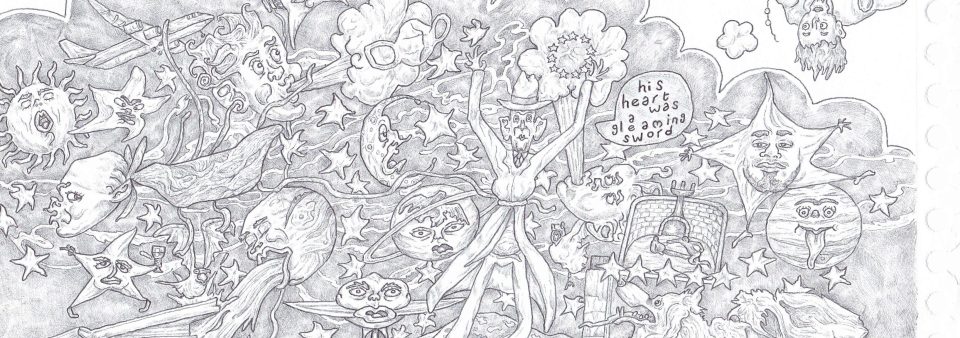Tags
"Kathputli Colony: A Tale of Art and Resistance.", Edinburgh Fringe, India, Kathputli Colony Slum, Old Royal High School (Edinburgh), Pianodrome at the Old Royal High, Summerhall, Theatre Review

The Old Royal High is a ruined neoclassical mansion on Calton Hill, which is infested with dilapidated pianos. I am not sure if they are merely the caretakers of this building or whether it is in fact their ancient family home. “Welcome,” one piano groans, as we arrive to see the new show, “Kathputli Colony: A Tale of Art and Resistance.” It hobbles up the stairs, leading the way. At the bar, an elderly grand piano stiffly serves me a gin and tonic. Another grunts and tinkles with frustration as it tries to scan the tickets. Once we are inside the theatre – called the “Pianodrome,” naturally – a piano on usher duties directs us to our seats with a perky flourish.
“So many pianos,” I remark. “They don’t seem to know what to do with them all.”
It almost seems a pity to have woken them all up.
To tilt this into seriousness, Pianodrome at the Old Royal High is a beautiful and exciting venue. It invites comparisons with the Summerhall and it has some of the same atmosphere that this prince of the Fringe had had at the very beginning. Like the Summerhall back then, the Old Royal High is a draughty old building that stands in danger of going monstrously to waste. But new hope and new life are stirring. The Pianodrome itself is also not unlike the Summerhall’s Roundabout amphitheatre. You can measure up any ongoing performance against the reactions of the audience members who are sitting immediately across from you.
There is not much to say about “Kathputli Colony,” other than that its visual splendours are fully at home in this gorgeous venue. The performers are street artists from the Kathputli Colony in New Delhi, who had used their art to protest against the recent clearing and “redevelopment” of this neighbourhood.
They are talented performers and it is always a cheerful show. Its presentation is sloganistic, however, and I would have liked to have heard a bit more about the individual stories and struggles of the performers. The show needs to learn when to quit with the singing and when to pump in a little documentary realism. Moreover, a murky, controlling figure was always hovering around the outer depths of the Pianodrome; he is apparently a private sponsor or from an NGO. At the very end, the performers stood back and allowed him to speak for them, which he did to little purpose. Although a curiosity was now awakened in the audience about how exactly these performers had come to travel to Edinburgh, he did not finish the story.
There is scant information online about these performers. The official Fringe brochure quotes the wrong time and dates for the show (I have never, ever seen such a mistake before), whilst another listing is adamant that the show is being performed in Leith. This appears to be the first time that the performers have played outside of India but I hope that they get to tour more widely.
Pianos scamper out of the way as we stride out of the theatre. It is getting busy in the bar now and one is rattling together vodka martinis in a cocktail shaker. Another draws the curtains and it begins to light the candles. “Are you leaving us so soon?” it sighs mournfully.
